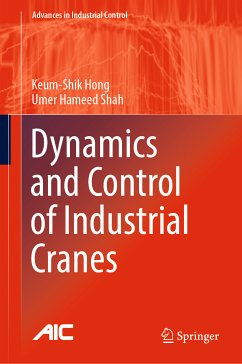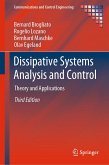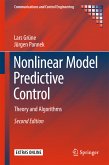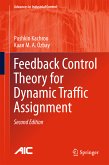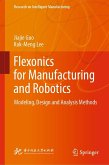This book introduces and develops the mathematical models used to describe crane dynamics, and explores established and emerging control methods employed for industrial cranes.
It opens with a general introduction to the design and structure of various crane types including gantry cranes, rotary cranes, and mobile cranes currently being used for material handling processes. Mathematical models describing their dynamics for control purposes are developed via two different modeling approaches: lumped-mass and distributed parameter models. Control strategies applicable to real industrial problems are then discussed, including open-loop control, feedback control, boundary control, and hybrid control strategies. Finally, based on the methods covered in the book, future research directions are proposed for the advancement of crane technologies.
This book can be used by graduate students, engineers, and researchers in the material handling industryincluding those working in warehouses, manufacturing, construction sites, ship building, seaports, container terminals, nuclear power plants, and in offshore engineering.
Dieser Download kann aus rechtlichen Gründen nur mit Rechnungsadresse in A, B, BG, CY, CZ, D, DK, EW, E, FIN, F, GR, HR, H, IRL, I, LT, L, LR, M, NL, PL, P, R, S, SLO, SK ausgeliefert werden.

